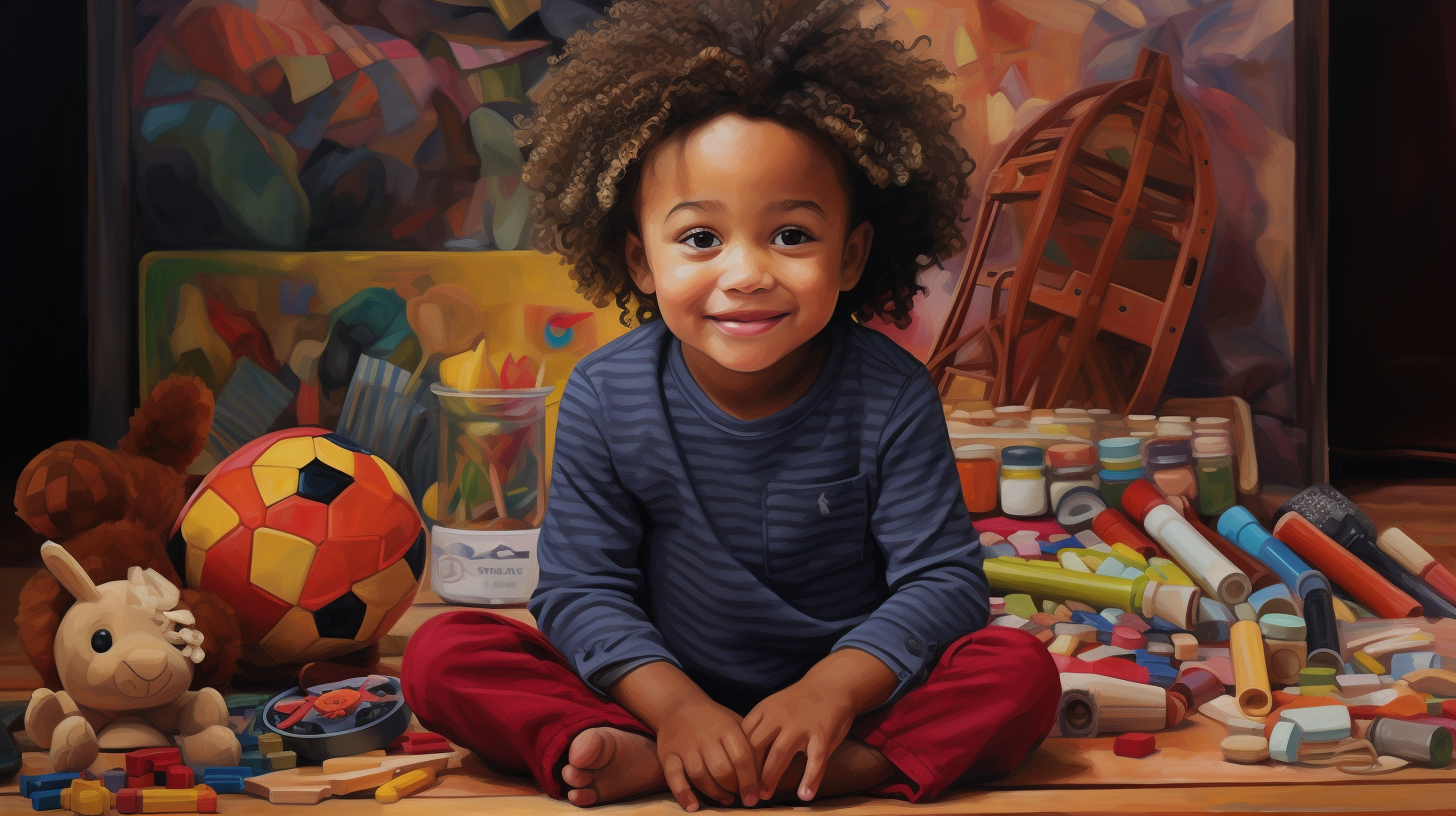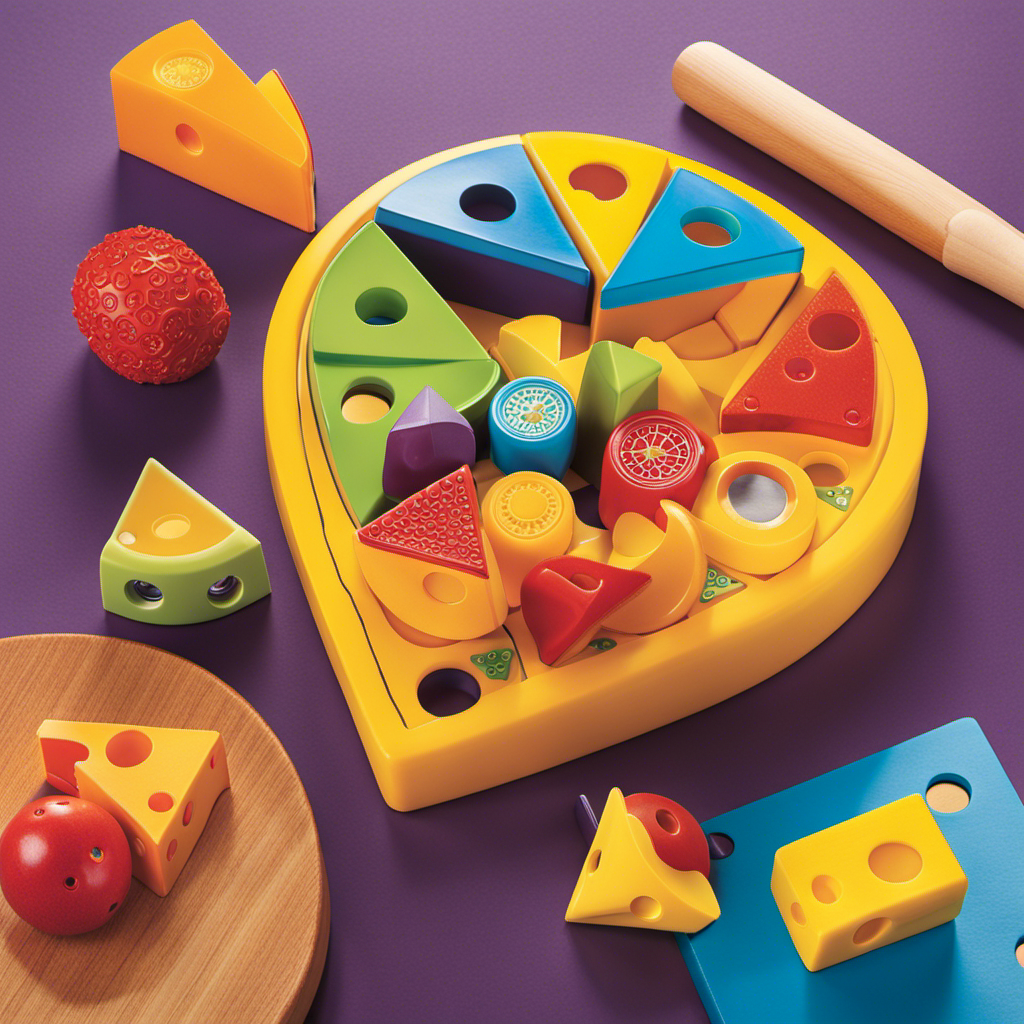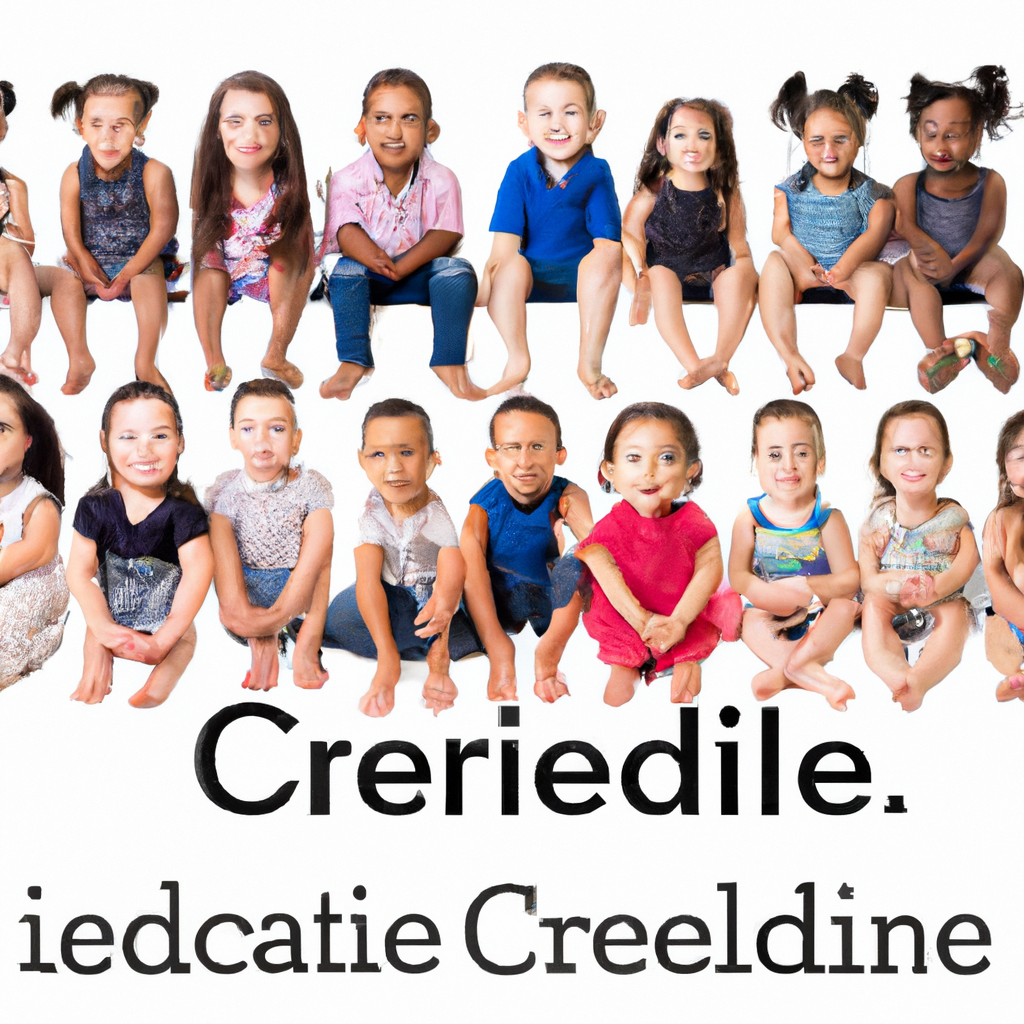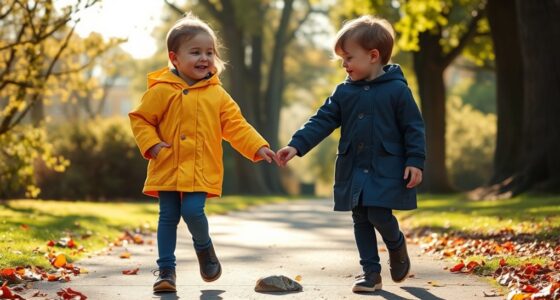As someone who has seen firsthand the powerful effects of domestic violence, I understand the importance of raising awareness about this issue.
In this article, we will explore how domestic violence impacts the development of children. Through extensive research and personal experiences, we will delve into the emotional, cognitive, and physical consequences that these children face.
By understanding the long-term effects and providing intervention strategies, we can work towards breaking the cycle and supporting those affected by this pervasive issue.
Key Takeaways
- Witnessing domestic violence increases the risk of mental health issues such as anxiety, depression, and PTSD.
- Exposure to violence can shape beliefs and expectations about relationships, leading to a distorted view of love and acceptance of abusive behavior in future relationships.
- Children who witness domestic violence struggle with emotional regulation, leading to difficulties in expressing themselves and behavioral problems such as aggression or withdrawal.
- Exposure to domestic violence can impair a child’s cognitive development, leading to difficulties in learning, problem-solving, and academic performance.
The Impact of Witnessing Domestic Violence
You may not realize it, but witnessing domestic violence can have a profound impact on your development as a child. The effects can be long-lasting and far-reaching, affecting various aspects of your life.
One of the most significant impacts is on your mental health. Research has shown that children who witness domestic violence are more likely to develop mental health issues such as anxiety, depression, and post-traumatic stress disorder (PTSD). Constant exposure to violence and conflict can create a sense of fear and insecurity, leading to emotional distress and difficulties in coping with emotions.

Furthermore, witnessing domestic violence can also influence your future relationships. Growing up in an environment where violence is normalized can shape your beliefs and expectations about relationships. You may develop a distorted view of love and believe that violence is acceptable or a normal part of intimate relationships. This can lead to engaging in or accepting abusive behavior in your own relationships later in life.
The impact of witnessing domestic violence extends beyond childhood, affecting mental health and shaping future relationships. However, it is important to note that the consequences are not limited to these two areas. Witnessing domestic violence can also have significant emotional and behavioral consequences, which we will explore in the next section.
Emotional and Behavioral Consequences
The emotional and behavioral consequences of domestic violence can have a long-lasting impact on a child’s overall well-being. As a child who has witnessed domestic violence firsthand, I understand the toll it can take on one’s emotional regulation and psychological well-being.
Research has shown that children exposed to domestic violence are more likely to experience difficulties in regulating their emotions. They may struggle with anger, fear, and sadness, and have a hard time expressing themselves in healthy ways. This emotional dysregulation can lead to behavioral problems such as aggression, withdrawal, or acting out.
Moreover, the psychological trauma caused by domestic violence can have profound effects on a child’s mental health. Research has found that children who witness domestic violence are at a higher risk of developing anxiety, depression, and post-traumatic stress disorder (PTSD). These psychological issues can persist into adulthood, impacting their ability to form healthy relationships and navigate life’s challenges.
Understanding the emotional and behavioral consequences of domestic violence is crucial in order to provide appropriate support and intervention for children who have experienced it. However, it is also important to recognize that these consequences do not exist in isolation.
In the next section, we will explore the long-term effects of domestic violence on cognitive development, highlighting the interconnected nature of the impact it has on a child’s overall development.
Long-term Effects on Cognitive Development
Exposure to domestic violence can have lasting effects on a child’s cognitive development, impacting their ability to learn and process information effectively. Research has shown that children who witness domestic violence are more likely to experience cognitive impairment and struggle academically. The constant exposure to violence and stress can disrupt their ability to concentrate, retain information, and solve problems. These children may have difficulty focusing in school, leading to poor educational achievement.
Studies have found that children exposed to domestic violence often have lower IQ scores and perform poorly on tests of cognitive abilities. This cognitive impairment can persist into adulthood and have long-term consequences on their educational and professional success. It is important to recognize that these children are not inherently less intelligent, but rather, the trauma they have experienced has hindered their cognitive development.
Understanding the impact of domestic violence on cognitive development is crucial for educators and policymakers. By recognizing the unique challenges these children face, appropriate interventions and support systems can be put in place to help them overcome these obstacles. Recognizing and addressing the cognitive impairment caused by exposure to domestic violence can empower these children to reach their full potential academically.
Transitioning to the next section, it is also important to consider the socialization challenges that children exposed to domestic violence may encounter.
Socialization Challenges for Children Exposed to Domestic Violence
Growing up in an environment of domestic violence can have profound and lasting effects on a child’s socialization process.
One key point to consider is the emotional instability and aggression that these children may exhibit as a result of the trauma they’ve experienced. This can make it difficult for them to form healthy and stable relationships.
Additionally, children who have grown up in homes with domestic violence may struggle with impaired social interactions. They may have difficulty trusting others and forming attachments, which can further hinder their ability to develop and maintain meaningful relationships.
Overall, the impact of domestic violence on a child’s socialization process is significant. It can lead to emotional instability, aggression, impaired social interactions, and trust and attachment issues. These effects can have long-lasting consequences on a child’s ability to form healthy relationships later in life.
Emotional Instability and Aggression
You may experience emotional instability and increased aggression as a result of domestic violence affecting your child development. It is important to understand that children exposed to domestic violence often struggle with emotional regulation due to the psychological trauma they endure.
Here are some key points to consider:
- Emotional regulation: Children may have difficulty managing their emotions, leading to outbursts of anger or sadness.
- Psychological trauma: Witnessing domestic violence can cause long-term psychological scars, impacting a child’s mental health and well-being.
- Aggressive behavior: Children may display aggression as a way to cope with the stress and fear they experience.
- Self-esteem issues: The constant exposure to violence can diminish a child’s self-worth and confidence.
Transitioning into the subsequent section, these challenges with emotional instability and increased aggression can also lead to impaired social interactions for children affected by domestic violence.
Impaired Social Interactions
Transitioning from the emotional instability and aggression caused by domestic violence, another significant impact on child development is impaired social interactions. Children who witness or experience domestic violence often struggle with developing healthy social skills and building relationships. These impairments can stem from the constant exposure to conflict and violence, which can lead to difficulties in effectively communicating and expressing emotions.
To illustrate the effects of impaired social interactions, let’s take a look at the following table:
| Impaired Communication Skills | Social Isolation |
|---|---|
| Difficulty expressing emotions | Withdrawal from peers |
| Limited ability to resolve conflicts | Lack of trust in others |
| Poor understanding of social cues | Feelings of loneliness and alienation |
| Trouble forming and maintaining friendships | Decreased self-esteem |
As you can see, these children may face numerous challenges in their social lives, which can lead to feelings of isolation and loneliness. These experiences can have long-lasting effects on their overall development and well-being.
Moving forward, we will explore how domestic violence can impact trust and attachment issues in children.
Trust and Attachment Issues
To better understand the effects, let’s delve into how trust and attachment issues can impact children who have experienced or witnessed domestic violence.
Trust issues and attachment difficulties are common among these children, as their sense of safety and security has been shattered by the violence they have witnessed or experienced firsthand. Research has shown that these children often struggle to form healthy relationships and trust others. They may have difficulty forming secure attachments with caregivers, leading to emotional and behavioral problems.
The trauma they have endured can make it challenging for them to open up, express their emotions, and connect with others on a deep level. These trust and attachment issues can have long-lasting effects on their overall well-being and development.
As we explore the physical health consequences in the next section, it becomes evident that the impact of domestic violence on children is far-reaching and multifaceted.
Physical Health Consequences
When it comes to children exposed to domestic violence, the physical health consequences can be long-lasting and detrimental. Research has shown that these children may experience a range of long-term medical effects, such as increased risk of chronic illnesses and impaired immune function.
Additionally, the impact on their growth and development can be significant, leading to delays in physical, cognitive, and emotional development.
Long-Term Medical Effects
The long-term medical effects of domestic violence can have significant impacts on a child’s overall health and well-being. Beyond the immediate physical injuries, children who witness or experience domestic violence can suffer from long-term psychological effects.
Research has shown that these children are at a higher risk of developing mental health disorders such as depression, anxiety, and post-traumatic stress disorder (PTSD). These psychological effects can persist into adulthood, leading to difficulties in forming healthy relationships and maintaining emotional well-being.
Moreover, the cycle of violence can continue through generations, as children who grow up in violent homes are more likely to become victims or perpetrators themselves. The generational trauma caused by domestic violence perpetuates a cycle that is detrimental to the mental health of individuals and the overall fabric of society.
This has far-reaching consequences on a child’s growth and development, impacting their ability to thrive and reach their full potential.
Impact on Growth
As we delve deeper into the effects of domestic violence on child development, it is crucial to understand the impact it has on a child’s physical and mental well-being.
-
Impact on physical development: Children who witness or experience domestic violence may suffer from various physical health issues. The stress and anxiety caused by such traumatic experiences can affect their overall growth and development. They may have trouble sleeping, experience changes in appetite, and have difficulty concentrating, which can hinder their physical growth.
-
Effects on mental health: Domestic violence takes a toll on a child’s mental health as well. They may develop symptoms of anxiety, depression, or post-traumatic stress disorder (PTSD). These emotional challenges can affect their cognitive development, social skills, and overall mental well-being.
-
Developmental delays: The impact of domestic violence on a child’s physical and mental health can lead to developmental delays. These delays can manifest in various areas, such as speech and language development, motor skills, and cognitive abilities.
As we move forward, let’s explore in more detail the specific developmental delays that children exposed to domestic violence may experience.
Developmental Delays
Children exposed to domestic violence may experience delays in their physical, cognitive, and social development. These developmental delays can have significant implications for their academic performance and overall well-being.
Research has shown that children who witness domestic violence often struggle with academic tasks, have difficulty concentrating, and exhibit behavioral problems in the classroom. These delays can be attributed to the constant stress and trauma the child experiences, which affects their ability to learn and interact with others.
Additionally, the disruption in their home life can lead to inconsistent routines and limited access to resources necessary for optimal development. As a result, these children may fall behind their peers academically and struggle to reach their full potential.
Understanding the impact of domestic violence on developmental delays is crucial for educators and professionals working with these children to provide appropriate support and interventions.
Educational Implications
You may struggle academically due to the educational implications of domestic violence on child development. Growing up in a household where domestic violence occurs can have a profound impact on a child’s ability to succeed in school.
Research has shown that children who experience domestic violence often face a range of educational challenges that can hinder their academic performance. Here are some of the ways in which domestic violence can affect a child’s education:
- Difficulty concentrating: Constant exposure to violence at home can make it hard for a child to focus on their schoolwork.
- Emotional distress: The emotional trauma caused by domestic violence can lead to anxiety, depression, and other mental health issues that can interfere with learning.
- Absenteeism: Children who witness domestic violence may be absent from school more frequently due to fear, physical injuries, or the need to take care of their siblings.
- Lower academic achievement: The stress and instability caused by domestic violence can result in lower grades and poor academic performance.
- Lack of support: Children living in violent homes may lack the necessary support and resources to succeed academically.
These challenges can have long-lasting effects on a child’s educational journey and can significantly impact their future opportunities.
As we explore the next section on interpersonal relationship difficulties, we will delve into how domestic violence can further impact a child’s development.
Interpersonal Relationship Difficulties
In addition to the educational implications of domestic violence on children, it is important to recognize the profound impact it has on their interpersonal relationships. Growing up in an environment marked by violence and conflict can severely hinder a child’s ability to develop healthy communication and conflict resolution skills.
Effective interpersonal communication is essential for building and maintaining healthy relationships. However, children who witness or experience domestic violence often struggle with expressing their thoughts and emotions effectively. They may have difficulty trusting others, struggle with low self-esteem, and exhibit aggressive or withdrawn behaviors.
Conflict resolution is another area where these children face significant challenges. They may not have had the opportunity to witness healthy resolution of conflicts in their homes, leading to a lack of understanding of how to peacefully resolve disagreements. As a result, they may resort to aggressive behavior, avoidance, or passive-aggressive tactics when faced with conflict.
To better understand the difficulties faced by these children, let’s take a look at the following table:
| Interpersonal Communication Difficulties | Conflict Resolution Challenges |
|---|---|
| Trust issues and difficulty opening up | Aggressive or withdrawn behaviors |
| Poor self-esteem and low self-confidence | Lack of understanding of peaceful resolution |
| Difficulty expressing thoughts and emotions | Avoidance or passive-aggressive behavior |
As we can see, the consequences of domestic violence on interpersonal communication and conflict resolution skills can be profound. It is crucial for us to provide support and resources to help these children develop healthy communication and conflict resolution strategies.
Now, let us explore the coping mechanisms and resilience that can help these children overcome the challenges they face.
Coping Mechanisms and Resilience
When children experience domestic violence, it can have long-lasting effects on their emotional well-being and overall development.
However, it is important to remember that children have the capacity to build emotional strength and resilience, which can positively impact their long-term outcomes.
Research shows that supportive relationships, access to mental health resources, and coping mechanisms can significantly contribute to their ability to overcome adversity and thrive in the face of challenges.
Building Emotional Strength
To build emotional strength, it’s important to acknowledge and validate your feelings while also seeking support from trusted individuals. Building resilience and maintaining emotional well-being are crucial when dealing with the effects of domestic violence. It’s important to remember that you are not alone and that there are resources available to help you through this difficult time.
| Emotions | Support |
|---|---|
| Fear | Therapist |
| Anger | Support group |
| Sadness | Friends |
| Guilt | Family |
| Confusion | Hotline |
Impact on Long-Term Outcomes
You have the power to shape your long-term outcomes and overcome the impact that domestic violence may have had on your life.
It is important to understand that experiencing domestic violence can have a significant impact on your academic performance and psychological well-being. Research shows that children who witness or experience domestic violence are more likely to struggle academically, with lower grades and higher rates of absenteeism. Additionally, the psychological toll of domestic violence can manifest in various ways, such as anxiety, depression, and low self-esteem.
However, it is crucial to remember that these effects are not permanent. With the right support and resources, you can overcome these challenges and thrive in all areas of your life.
Now, let’s explore how breaking the cycle through intervention and prevention strategies can make a difference in the lives of individuals affected by domestic violence.
Breaking the Cycle: Intervention and Prevention Strategies
Interventions and prevention strategies can help break the cycle of domestic violence and mitigate its impact on child development. It is crucial to implement effective strategies that address both the immediate safety of the child and the long-term consequences of exposure to violence.
Here are three key intervention strategies and prevention techniques that have been proven to be effective:
-
Early intervention programs: These programs aim to identify and support families at risk of domestic violence before it escalates. They provide educational resources, parenting skills training, and counseling services to help parents develop healthy coping mechanisms and build positive relationships with their children.
-
Therapeutic interventions: Children exposed to domestic violence often experience trauma that can affect their emotional and psychological well-being. Therapeutic interventions, such as trauma-focused cognitive-behavioral therapy, play therapy, and art therapy, can help children process their experiences, reduce symptoms of trauma, and promote healing.
-
Community-based prevention initiatives: Prevention is key to breaking the cycle of domestic violence. Community-based initiatives focus on raising awareness, promoting healthy relationships, and providing support to families. These initiatives may include public education campaigns, support groups, and community resources that empower individuals to recognize and prevent domestic violence.
By implementing these intervention strategies and prevention techniques, we can create a safer and more supportive environment for children impacted by domestic violence.
Transitioning into the subsequent section, let’s explore the importance of supporting these children in their journey towards healing and resilience.
Supporting Children Impacted by Domestic Violence
Supporting children impacted by domestic violence involves providing them with safe and nurturing environments where they can heal and thrive. It is crucial to understand that these children have endured significant trauma, and their emotional and psychological well-being needs to be addressed. Therapeutic interventions play a vital role in helping these children recover from the effects of domestic violence.
One effective therapeutic intervention is trauma-focused cognitive-behavioral therapy (TF-CBT). This evidence-based approach helps children process their traumatic experiences, manage their emotions, and develop healthy coping skills. TF-CBT incorporates various techniques such as cognitive restructuring, relaxation exercises, and gradual exposure to traumatic memories. Through this therapy, children can regain a sense of control and security in their lives.
In addition to therapeutic interventions, supportive community resources are essential for these children. Community organizations, like shelters and counseling centers, provide safe spaces where children can receive counseling, support groups, and access to other necessary services. These resources ensure that children have the necessary support network to help them heal and grow.
Frequently Asked Questions
What Are the Legal Consequences for Individuals Who Witness Domestic Violence?
Witnessing domestic violence can have serious legal consequences for individuals. It’s important to recognize that being a witness to such violence can be traumatizing and have long-lasting effects on a person’s well-being.
However, there are support services available to help those who have witnessed domestic violence navigate the legal process and seek justice. These services can provide emotional support, legal advice, and resources to help individuals through this difficult time.
Are There Differences in the Emotional and Behavioral Consequences for Children Who Witness Domestic Violence Compared to Those Who Directly Experience It?
When it comes to the emotional consequences of domestic violence on children, there are differences between those who witness it and those who directly experience it.
Witnessing domestic violence can leave long-term effects on a child’s emotional well-being. Research shows that children who witness violence may suffer from anxiety, depression, and behavioral issues.
It’s important to understand the unique challenges these children face and provide them with the support and resources they need to heal and thrive.
How Does Exposure to Domestic Violence Impact a Child’s Ability to Form Healthy Relationships in Adulthood?
Exposure to domestic violence can have lasting effects on a child’s ability to form healthy relationships in adulthood. Witnessing violence can impact their self-esteem, causing them to doubt their worthiness of love and care.
It can also influence trust issues, making it difficult for them to trust others and establish meaningful connections. Research shows that the emotional and psychological trauma from domestic violence can shape a child’s future relationships, highlighting the importance of intervention and support to break this cycle.
What Are Some Effective Coping Mechanisms That Children Can Develop to Mitigate the Negative Effects of Witnessing Domestic Violence?
Coping mechanisms for children who witness domestic violence can have a significant impact on their development. It’s important to understand how these mechanisms can mitigate the negative effects.
Research shows that children who develop healthy coping strategies, such as seeking support from trusted adults or participating in therapy, are better equipped to navigate the emotional challenges associated with witnessing domestic violence.
How Can Schools and Educational Institutions Support Children Who Have Been Impacted by Domestic Violence?
Supporting children who have been impacted by domestic violence is crucial for their overall well-being and development.
Trauma informed education can play a vital role in providing the necessary support and understanding for these children.
By creating a safe and nurturing environment, schools and educational institutions can help these children heal and thrive.
This includes implementing trauma-informed practices, offering counseling services, and providing resources for both the child and their family.
It is essential that we prioritize the needs of these children and provide them with the support they deserve.
Conclusion
In conclusion, witnessing domestic violence is like a storm that ravages a child’s development, leaving behind emotional scars and behavioral challenges. It casts a dark shadow on their cognitive growth and hinders their ability to form healthy relationships.
The physical health consequences are like a relentless wave, crashing upon their fragile bodies. But amidst this chaos, there is hope. Through intervention and support, we can provide these children with the resilience to weather the storm and break free from the cycle of violence.
Together, let us be their guiding light towards a brighter, safer future.









